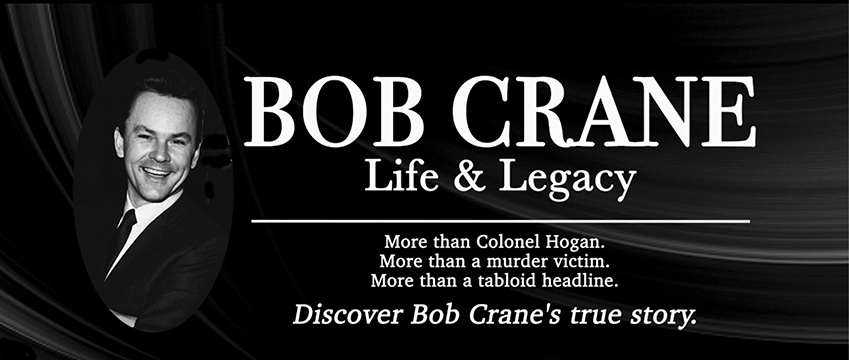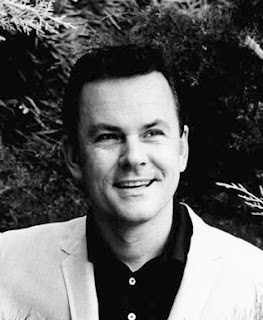Pixyish KNX 'Morning Host' Seldom Lets Hearers Know What's Coming
by Elmer Gaede
No, he's isn't a Keystone traffic Kop.
He's just "the guy who talks to himself with a thousand voices."
But the gyrations of Bob Crane, the animated "morning host" of Radio Station KNX in Hollywood, certainly would conjure such a mental image for anyone who might be able to penetrate "the most closely guarded secret" since the A-bomb.
The secret undoubtedly wondered at by many of the thousands who are entertained six mornings a week from 6:15 to 10 by the energetic Bridgeport (Conn.) transplant, as they traverse the Los Angeles freeways to work or do their housework, is how he manages to intersperse - and spoof - his commercials so ingeniously with such pixyish recorded comments.
Listeners never know what's coming next. They're continually being surprised and caught off balance by the antics of his "thousand voices" on recordings - of which he has stacks and stacks.
The voices might break into the middle of a commercial with kidding comments which peculiarly fit into the sense of the advertising message, or they might similarly introduce the commercial.
The result is that Crane's commercials are probably more closely followed by listeners than "ordinary" popular music and other entertainment he also provides.
It's nothing to hear him call a sponsor "cheap," as he did the other morning referring to one of the top advertisers, whose spot that time happened to be real short. And still the sponsors come!
All Is Near Chaos
Then there was the singing coffee commercial. Just as it got in the initial "pitch," came a childish "Look, mom, no cavities" - from another well-known recorded commercial - then a loud crash, followed by a harsh feminine voice saying: "Look again, ya little monster," followed by continuation of the coffee message.
That's four different recordings cut in and out with split-second timing.
The more involved feats of "recording magic" defy description - they really must be heard to be appreciated.
On his pledge not to disclose the "big secret," the writer was permitted to observe Crane in action. Secrecy is required by the arrangement which enables the happy-go-lucky pied piper to perform this recorded-voice legerdemain.
It may be said, however, that it involves uncanny co-operation and complete understanding between Crane and his engineer - the man who sees that it goes out correctly over the airwaves.
It also involves a prodigious amount of almost continuous arm-waving, "body-English" and other physical gyrations by Crane.
The arm-waiving and other motions of course are his methods of signaling to the engineer - who gets almost as strenuous a workout as Crane, and really has to keep "on his toes."
And the strange part is that it is done entirely ad lib, without script - other than the sequence of musical recordings and commercials - mute testimony to the complete understanding between Crane and his engineers, Jack Chapman of Burbank, Mondays through Fridays, and Jay Cook of Sepulveda, on Saturdays.
When he carries on one of his inimitable "conversations" with a recording, it seems that the person the the platter actually is in the studio. Bob goes through all the gestures, facial and otherwise, of a real conversation with another person, answering back, contradicting, arguing, etc. - even facing toward the recording as if it were a live being.
* * * * * * * * * * * * * * * * * * * * * * * * * * * * * * * * * * * * * * * * * * * * * * * * * * * * * * * *
Source: The Los Angeles Times; Sunday, August 9, 1959.
Note: The "closely guarded secret" referred to in this article is that Crane received special permission from the Broadcast Engineers Union to be able to play his own records. His engineer would play the commercials and songs, while Crane played the records containing all the voices, skits, gags, and sound effects, which was imperative for the program's success. Bob knew exactly which record contained which voice or gag, and he could locate such tracks in mere seconds. In order for his show to work, he needed to spin his own records and not rely solely on the engineer, which was nearly universally unheard of in radio during that time.








































